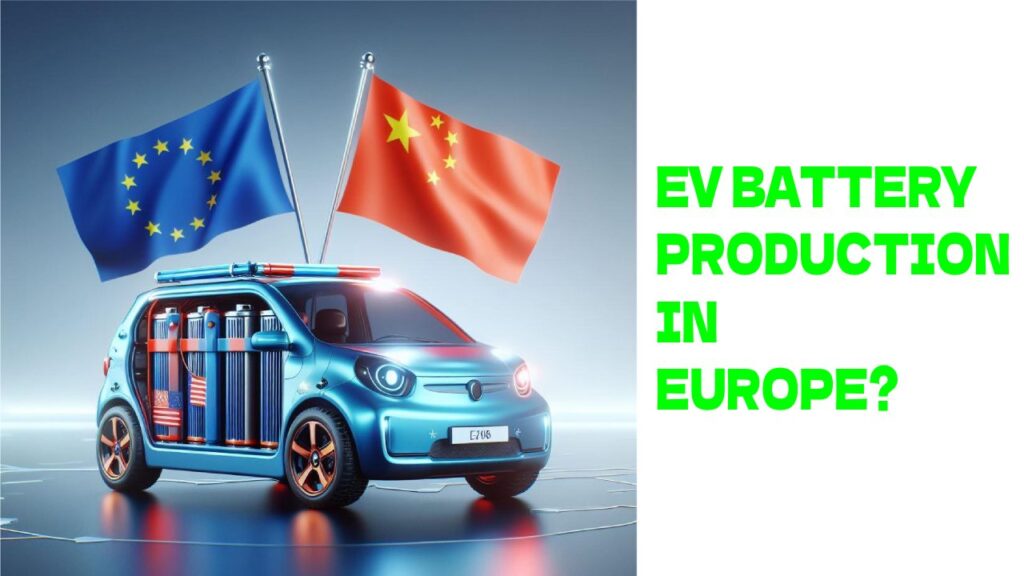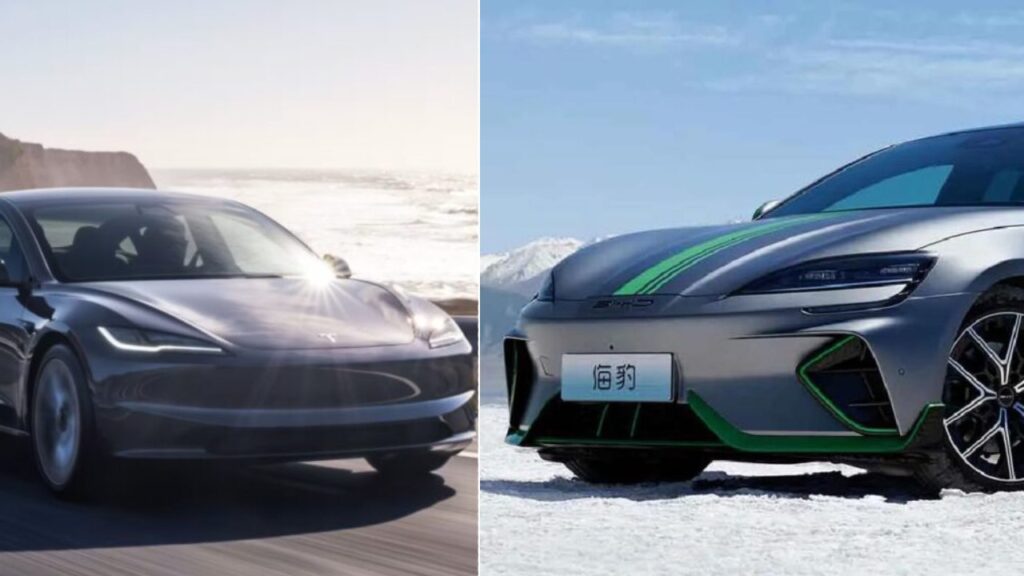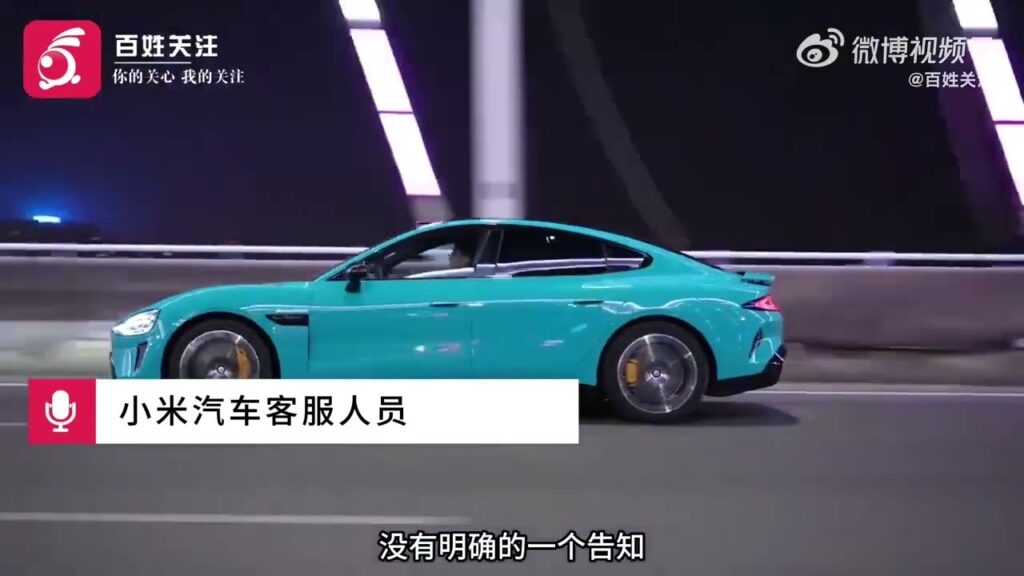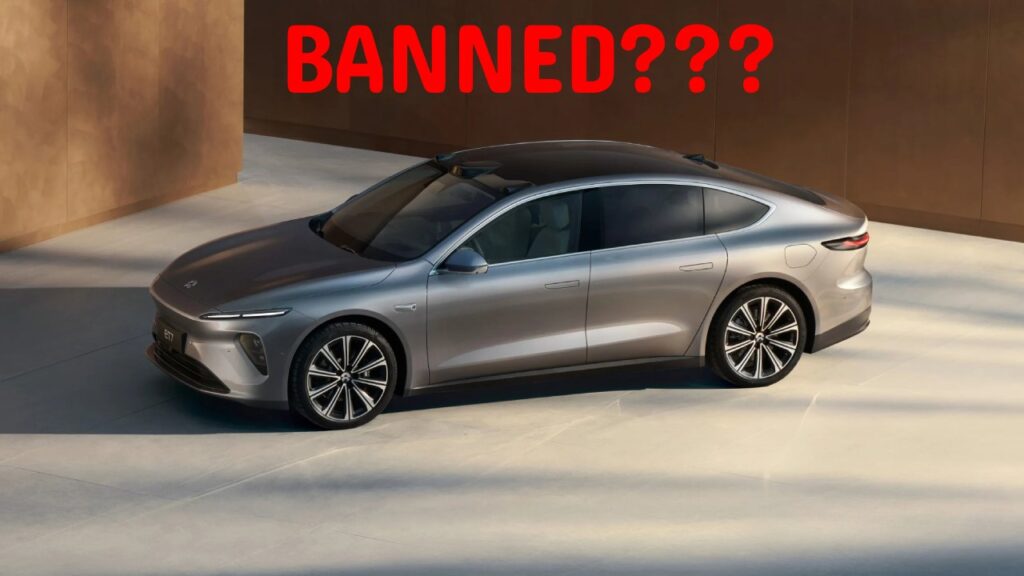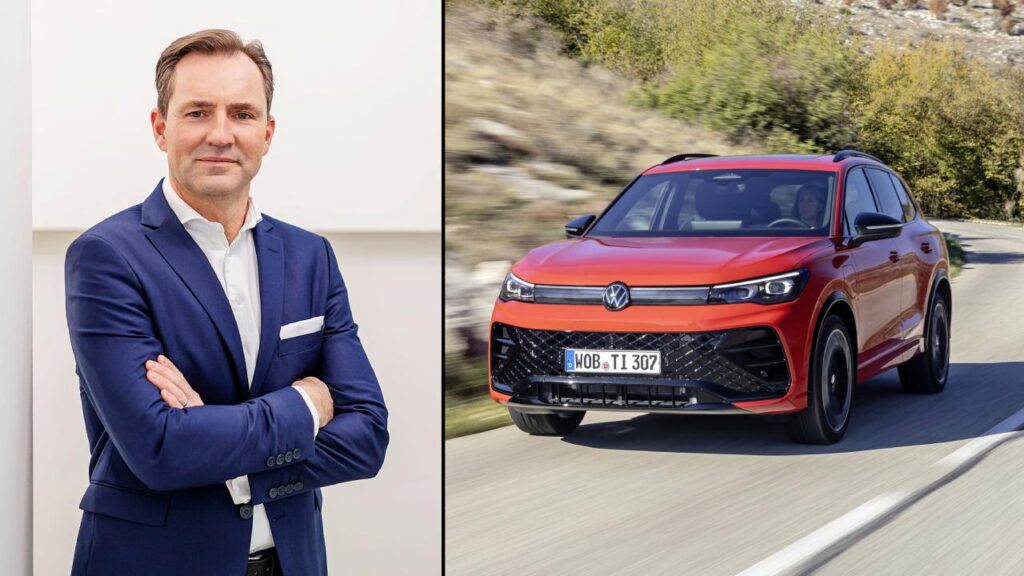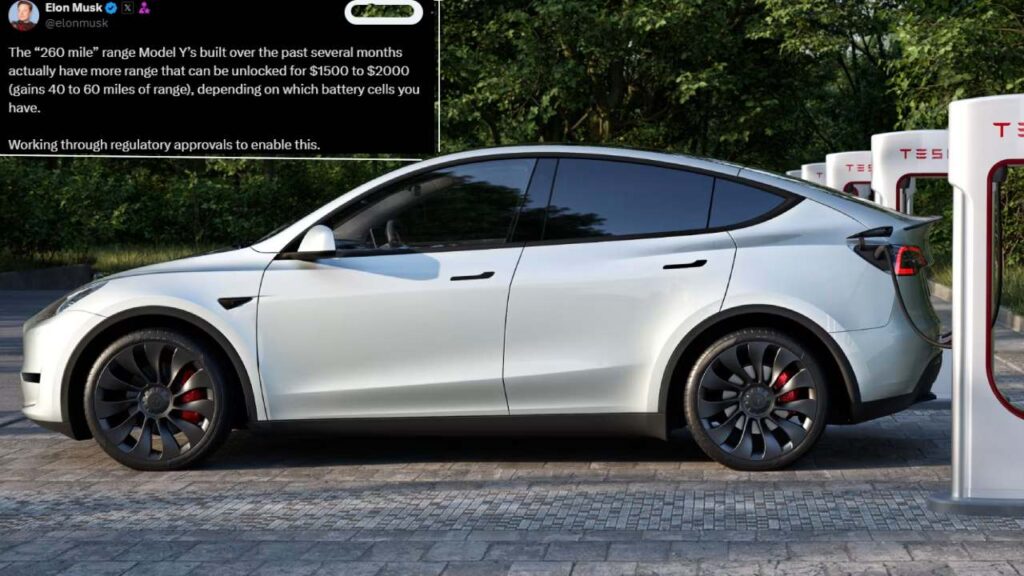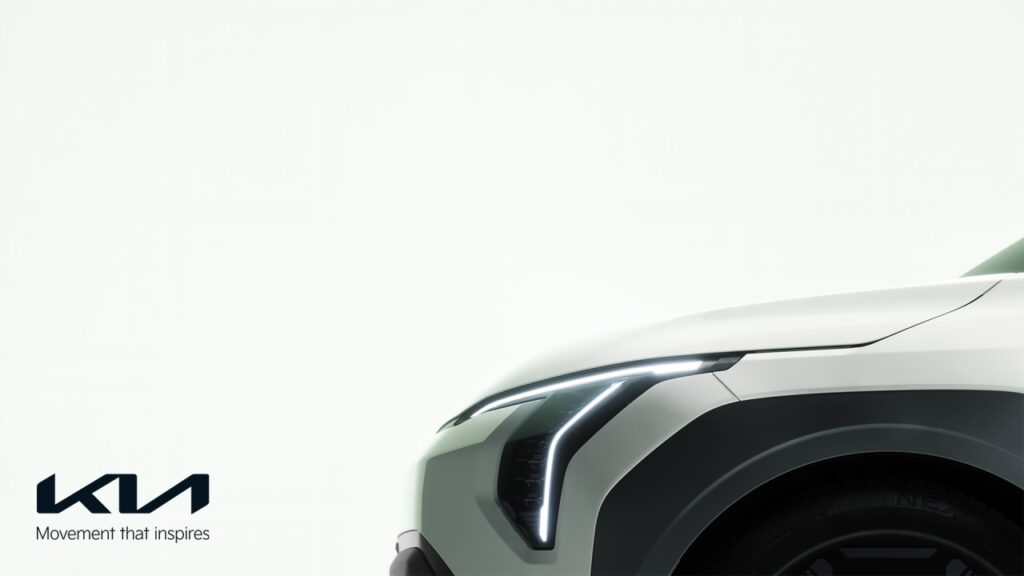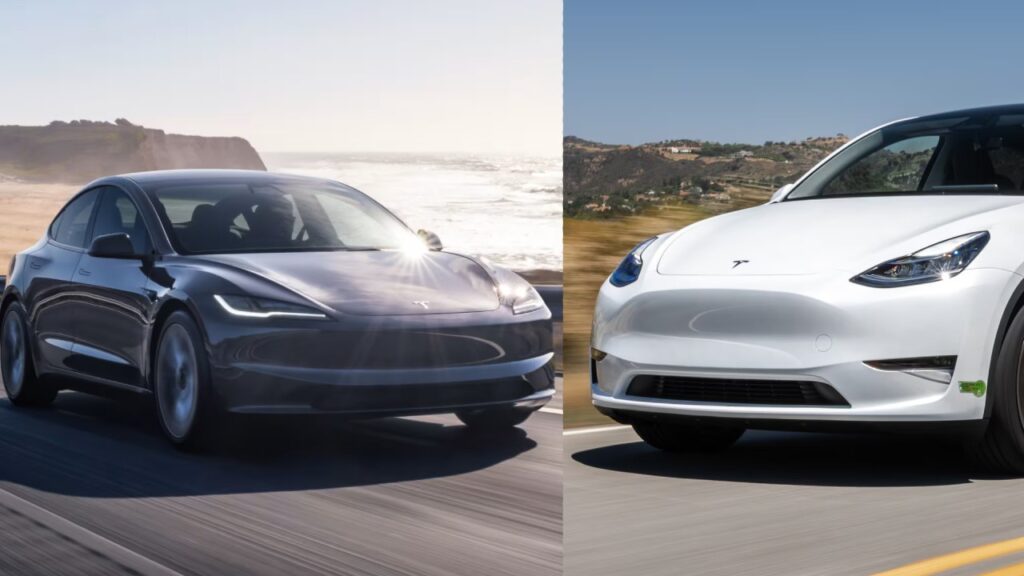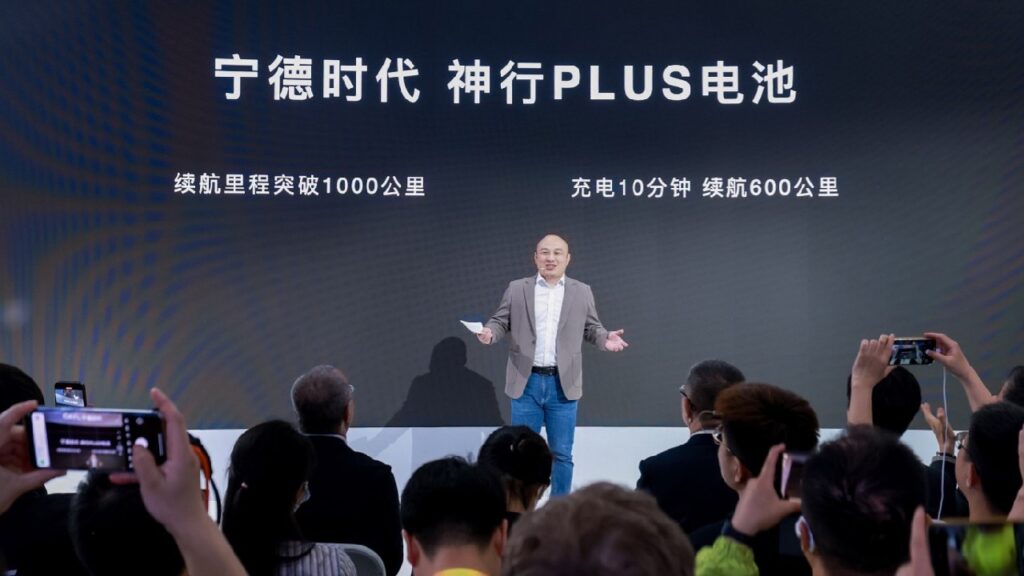2025 Kia EV6 Gets A Bigger Battery And More Range
The wildly successful Kia EV6 has been updated for the model year 2025 with aesthetic, as well as performance enhancements. The 2025 Kia EV6 has been updated in the domestic market with a bigger battery pack and improved range. As is the case with every mid-life facelift, there are visual enhancements to set it slightly apart from the current model. Additionally, there are some new features on offer to make the already compelling EV even more enticing. Note that the current update is applicable to the Korean and Australian models. But the EV6 will get refreshed in other parts of the world, most likely, by the end of this year. You might also like: Kia EV9 GT Will Boast 0-62 mph Time of 4 Secs, Debut in January 2025 2025 Kia EV6 Gets Bigger Battery and More Range The 2025 Kia EV6 now gets an 84 kWh battery pack, replacing the familiar 77.4 kWh unit found in other EVs under the Hyundai Motor Group umbrella. While the EPA or WLTP range figures elude us at the moment, the 2025 Kia EV6 now offers a range of 494 km (307 mi.) up from 475 km (295 mi.) on the Korean test cycle. For the record, the Korean test cycle is more stringent than the WLTP cycle. Charging this new battery will continue to cost 18 minutes for 10% to 80% using a 350 kW DC ultra-fast charger. Furthermore, the EV6’s frequency-selective dampers now offer better ride comfort after improvement. The motors are now quieter and the body is stronger for more safety. I don’t expect any changes to the specifications. The RWD version will continue to offer 225 hp (168 kW) and 350 Nm (258 lb-ft), while the AWD variant will offer 320 hp (239 kW) and 605 Nm (446 lb-ft) of maximum power and torque, respectively. Specs 2025 Kia EV6 Battery 84 kWh Drivetrain RWD / AWD Range (Korean Cycle) 494 km (307 mi.) Power (RWD / AWD) 225 hp (168 kW) / 320 hp (239 kW) Torque 350 Nm (258 lb-ft) / 605 Nm (446 lb-ft) 350 kW DC Fast Charging 18 minutes (10% to 80%) Specs Interior and Features The cabin of the 2025 Kia EV6 also bears some improvements over the outgoing model. There is now: 2025 Kia EV6 Price The official launch will take place in Korea next month but the prices are out. The starting price for the Light variant is 55.4 million Korean won (approx. USD 40,500), while the range-topping GT-Line will retail for 63.15 million Korean won (approx. USD 46,100). The variant-wise pricing is as follows: Variant-Wise Price Korean Won USD (approx.) Light 55.4 million $40,500 Air 58.24 million $42,500 Earth 62.52 million $45,700 GT-Line 63.15 million $46,100 Variant-Wise Price You might also like: Kia EV3 Teased Ahead of May 23 World Premiere Learn Electric Cars Says The Kia EV6 is a prominent electric car which has already gained a lot of applause from critics and owners alike. The Hyundai Motor Group is taking giant strides toward accumulating mass customers from all across the globe. In fact, the EV6 and EV9 are doing a great job at the moment. The upcoming EV2, EV3, EV4 and EV5 in the next few months promise to attract mass market. Exciting times lie ahead for EV enthusiasts in general and Kia loyalists in particular.


